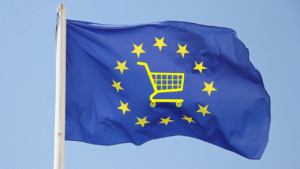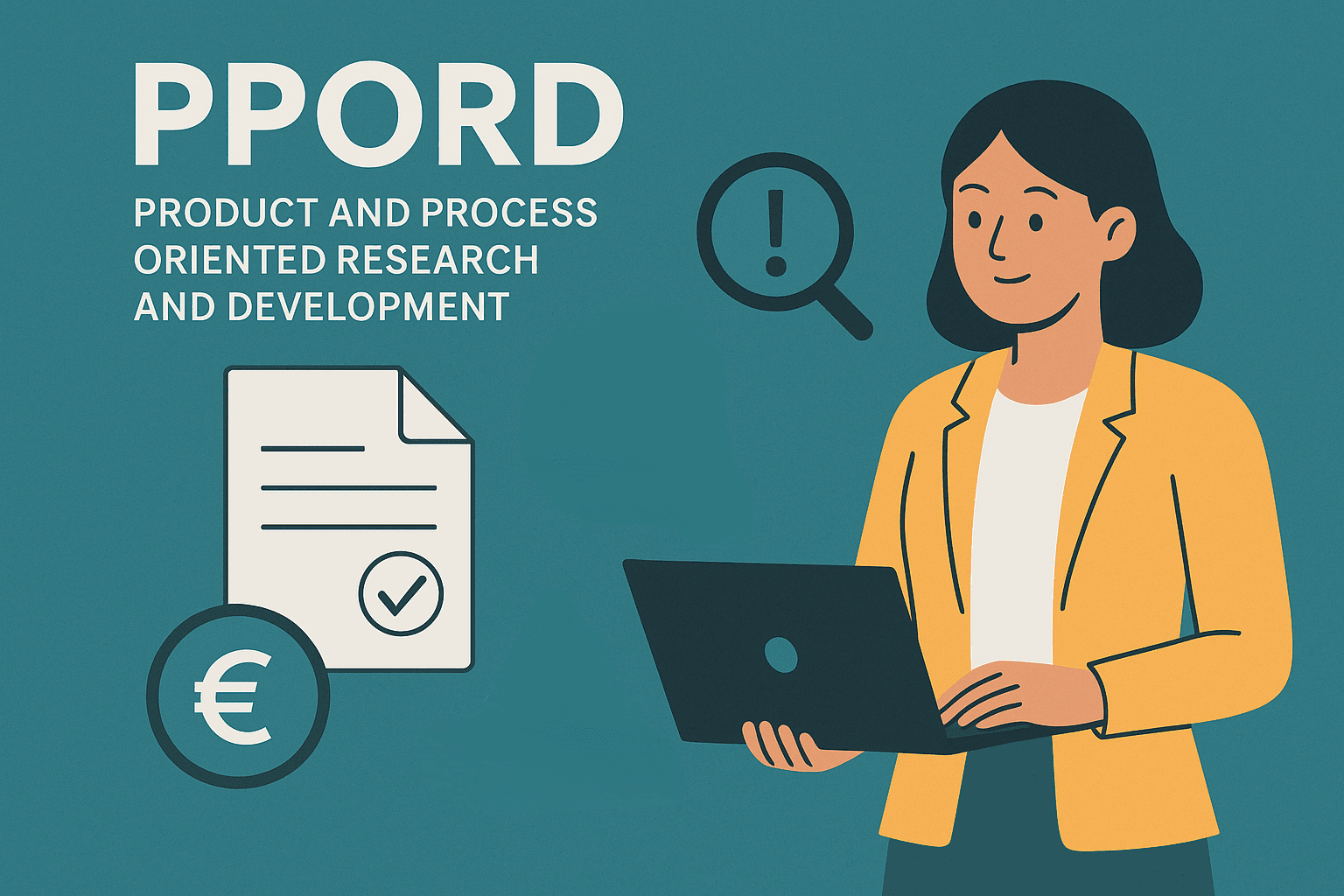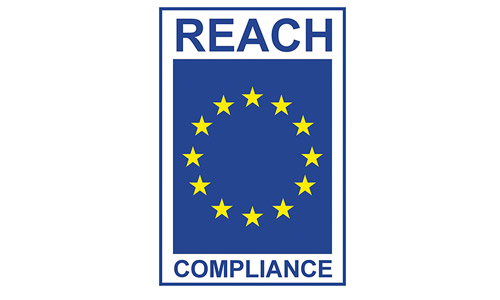What is a safety data sheet?
A safety data sheet (SDS) is a document that contains comprehensive information about a substance or a mixture as an instruction for the safe use of chemicals during handling, storage, transporting, and disposal.
An SDS shall provide information on the intrinsic properties of the substance or mixture; the physical, human health, and environmental health hazards; instructions for safe handling, storing, transport and disposal; first-aid, firefighting, and exposure control measures.
Don't risk non-compliance - trust our expert team for all your Safety Data Sheet (SDS) authoring and translation needs.
With years of experience and a commitment to accuracy, we’ll ensure your SDSs meet all regulatory requirements.
Are EU safety data sheets different from the rest of the world?
In Europe, the requirements on the format and content of safety data sheets are regulated by the REACH Regulation (EC) No. 1907/2006, while the criteria for classification and labeling of substances and mixtures are determined by the CLP Regulation (EC) No. 1272/2008.
CLP Regulation (EC) No. 1272/2008 was developed based on the UN-GHS. More specifically, under a so-called building-block approach, each country or region could adopt GHS elements that are applicable and relevant to its needs to develop and implement its own GHS version.
EU-GHS version is known as CLP. Therefore, the classification and labeling criteria of EU-SDS follow terms and conditions set in the CLP which could be different from that of other country or region-specific SDS.
In addition, REACH regulation places specific standards on the format and content that an SDS should strictly follow. This includes detailed requirements on the content which must be covered under each section, language, section arrangement, section and subsection naming, numbering style, etc.
It is a legal obligation for enterprises to make sure that their SDSs are fully compliant with the above-mentioned EU regulations when entering the EU market.

EU-SDS format and content are well regulated by the corresponding EU regulations. Therefore, other country or region-specific SDS may not be applicable for the EU market
We offer SDS authoring service for companies who would like to place their products on the EU market. We always author qualified EU-SDSs which are legally compliant, scientifically meaningful, and visually attractive.
What are the EU safety data sheet general requirements?
While it is always critical to fully comprehend and follow each and all terms and conditions of SDS set out in the corresponding regulations, some general requirements of EU-SDS should be noted:
- SDS must be written in a clear and concise manner
- SDS shall be written in the official language(s) of the EU country (i.e., Member State) where the substance or mixture is placed on the market unless the concerned Member State provides otherwise
- SDS shall be prepared by a competent person or a group of competent persons
- SDS must include 16 sections with defined subsections in a required order
- A section should not be left blank or incomplete without an explanation or justification. When specific data are not applicable or not available, it must be clearly stated.
SDS must be prepared in a clear and concise writing manner by a competent person(s)
EU SDS format
An EU-SDS consists of 16 defined sections. Each section should cover the required content and be structured in a standardized format as regulated by the EU regulations.
The general content of each section is described as follows:
Section 1: Identification
Generally, this section of a safety data sheet should show the substance or mixture’s identifiers, its relevant uses, contact details of the supplier of the substance or mixture, and emergency phone number.
Section 2: Hazard(s) identification
This section of the SDS should indicate the hazard classification of the substance or mixture and the appropriate label elements associated with these hazards.
Section 3: Composition/information on ingredients
This section should describe the identification information of the components contained in the substance or mixture, including impurities and stabilizers if such component meets the criteria set in the corresponding regulations.
The section should also show appropriate and available safety information on surface chemistry, for example, due to having certain dimensions in the nano range.
Section 4: First aid measures
Section 4 should describe first aid measures written in a manner that an untrained responder could understand and apply without the need for special equipment and the availability of a wide choice of medications. When immediate medical attention and special treatment are needed, the instructions shall also indicate this.
Section 5: Firefighting measures
This section of the SDS shall provide recommendations on suitable and unsuitable (if available) extinguishing media for fighting a fire caused by the substance or mixture or arising in its vicinity. Specific hazards arising from the chemical and/or special protective equipment precautions for firefighters, if needed, should be also included in the section.
Section 6: Accidental release measures
Proper responses to spills, leaks, or releases, to prevent or minimize the adverse effects on persons, property, and the environment shall be covered in this section of the safety data sheet.
In case the spill volume impacts significantly the level of the hazard, the section should provide distinguishing responses to large and small spills.
Section 7: Handling and storage
Precautions for safe handling and storage practices shall be provided in this section. It shall focus on suitable precautions which correspond to the identified uses of the chemical, indicated in Section 1, and to the properties of the chemical.
Section 8: Exposure controls/personal protection
This section of the safety data sheet shall state the control parameters (i.e., occupational exposure limit values), when available, and proper protection measures.
Section 9: Physical and chemical properties
This section of the safety data sheet shall provide the empirical data relating to the physical and chemical properties of the substance or mixture, where relevant and/or available.
Section 10: Stability and reactivity
This section shall describe the reactivity, the stability of the chemical, and the possibility of hazardous reactions occurring under specific conditions of use. Conditions to avoid incompatible materials should be also indicated.
Section 11: Toxicological information
The information in this section is intended primarily for medical professionals, occupational health and safety professionals, and toxicologists.
The section shall provide concise, sufficient, and comprehensible descriptions of toxicological effects and available data that are used to identify those effects, including information on toxicokinetics, metabolism, and distribution, where applicable.
Section 12: Ecological information
This section should provide relevant experimental data on the ecological properties of the substance or mixture, which will assist in evaluating the environmental impact in case the chemical is released into the environment.
Section 13: Disposal considerations
Appropriate waste management of the chemical and/or its container shall be described in this section. Such information will assist in evaluating and choosing safer and more environmentally preferred waste management options which are consistent with the requirements of Directive 2008/98/EC of the European Parliament and of the Council (96) by the Member State in which the safety data sheet shall be provided.
Section 14: Transport information
This section shall provide information on the transport classification of the substance or mixture by road, rail, sea, inland waterways, or air.
Section 15: Regulatory information
This section shall list down the other regulatory information which is applied to the substance or mixture but has not been provided in the other parts of the safety data sheet.
Section 16: Other information
This section shall include other information which has not been provided in the other parts of the SDS such as information on the revision of the SDS, a list of relevant hazard statements and/or precautionary statements written out in full text, principal bibliographical sources, abbreviation & acronyms.
EU SDS FAQ:
Are the 16 sections of SDSs always listed in the same order?
Yes, they are. The sections should be presented in the required sequence.
Which products do not need SDS in Europe?
According to the REACH regulation, there are certain exemptions from the need for SDS as below:
- medicinal products for human or veterinary use, within the scope of Regulation (EC) No 726/2004 and Directive 2001/82/EC and as defined in Directive 2001/83/EC;
- cosmetic products as defined in Directive 76/768/EEC;
- medical devices which are invasive or used in direct physical contact with the human body in so far as Community measures lay down provisions for the classification and labelling of dangerous substances and mixtures which ensure the same level of information provision and protection as Directive 1999/45/EC;
- food or feedingstuffs in accordance with Regulation (EC) No 178/2002 including the use:
- ➤ as a food additive in foodstuffs within the scope of Directive 89/107/EEC;
- ➤ as a flavouring in foodstuffs within the scope of Directive 88/388/EEC and Decision 1999/217/EC;
- ➤as an additive in feedingstuffs within the scope of Regulation (EC) No 1831/2003;
- ➤in animal nutrition within the scope of Directive 82/471/EEC.
An exemption is also applied to a substance or mixture which is not classified as hazardous, PBT, vPvB, and SVHC while fulfilling certain requirements on the product formulation and/or use category.
To ensure legal compliance when placing a product on the EU market, it is important to assess if the product fully meets exemption conditions.
What does the SDS generated by Chementors look like? Is it qualified for the EU market?
We always author SDSs that are fully compliant with the EU regulations in both content and format, based upon information provided by clients.
An example of an EU-SDS provided by Chementors




